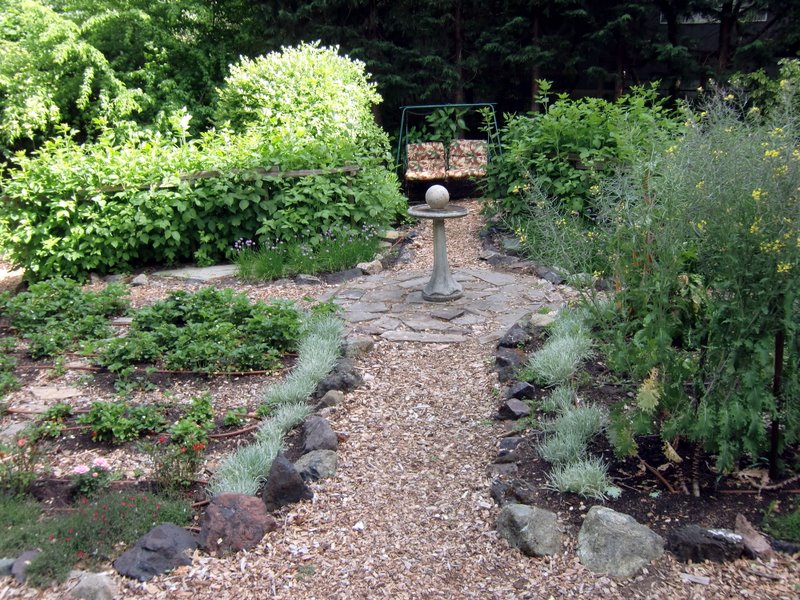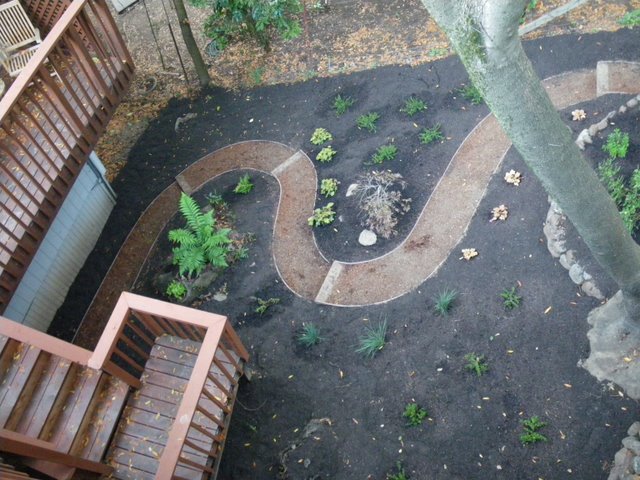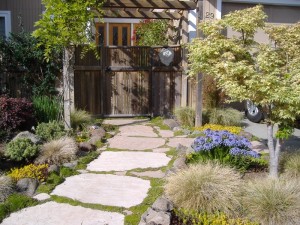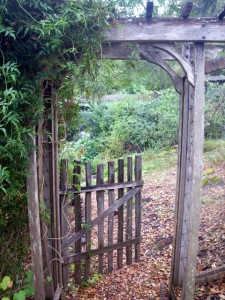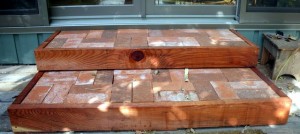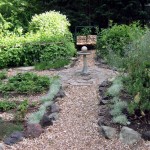
by Avis Licht
Winter is a good time to think about designing, changing or tweaking your garden.
Instead of being knee deep in garden projects, you can sit back and take the time to consider changes to your garden. Your changes can be big or small, but make sure they fit into the grand scheme.
Your parameters will be:
1. Your site: Whatever you do has to work within the givens of your site. These include your climate, soil, sun/shade, slope, existing plantings that you won’t change, buildings and hardscape: paths, stairs, retaining walls, driveways and fences.
2. Your finances: New landscaping can be exceedingly expensive or fantastically frugal – it depends on how much of the work you do yourself, and whether you use new, used or recycled materials.
3. Your desires: What you need and what you want may not always coincide, but at least you can consider them and prioritize them. Not everything needs to be done at once. Have a plan, then build it over time as you can afford it.
4. The sustainability factor: So hold on here, I have a couple of different definitions of sustainable. Hear me out. On a personal level, your garden is only as sustainable as you can take care of it. If it takes more work than you can keep up with, then it is NOT sustainable on a personal level. If it takes more money than you can afford, that too is not sustainable. If you put in plants that require more water than you have available both from nature or from finances, that won’t work either. Your personal input has to coincide with what you can afford on an ongoing basis.
On a more global level, sustainability is about the energy and materials you use to build, maintain and grow your garden. Whether it means reusing the wood from your old fence to build a new one, or using permeable pavers instead of concrete for patios and paths, every time you make a decision on what you will use in your yard, be sure to consider the larger impacts.
These bricks were taken from an old job and used by me at my own home. You don’t have to give up on beauty when you reuse or recycle materials.
Tomorrow I’ll talk about specific designs for edible landscapes for small yards.

